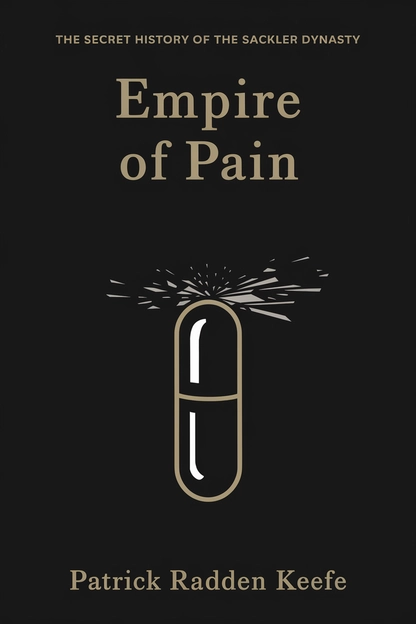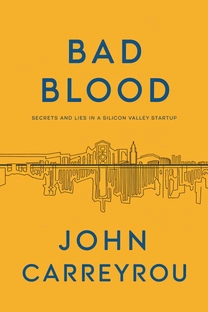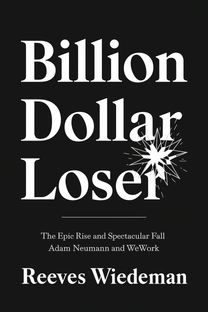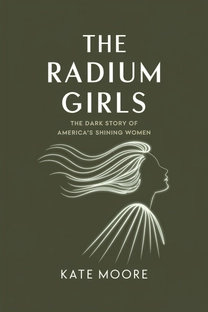
Empire of Pain
The Secret History of the Sackler Dynasty
by Patrick Radden Keefe
Brief overview
This book explores the rise of a powerful dynasty that built an empire on prescription opioids and became renowned for lavish philanthropy. It reveals how business ambitions, changing medical practices, and intense marketing efforts shaped both extraordinary fortunes and national crises. By reading it, you uncover the complex links between corporate success and public harm, as well as the moral dilemmas behind profits and responsibility.
Foundations and Ambitions
In humble origins, three brothers began their American life with big dreams of making their name in medicine. Early on, they juggled medical training with side jobs, struggling to pay tuition while nurturing grand visions for the future.
Their first real breakthrough came when one brother recognized the money to be made in melding pharmaceuticals with creative advertising. A knack for persuasive messaging opened new markets for everyday remedies and sowed the seeds for spectacular growth.
As each sibling specialized in a different area—research, advertising, business—they formed an effective partnership. Like puzzle pieces, their combined expertise began to carve a path from small ventures to major influence within the medical community.
Yet beneath the family’s outward unity, personal rivalries simmered. Each brother had his own style—some were reserved, others flamboyant. This mix of personalities and ambitions set the tone for future power struggles that would shape their enterprise.
Building a Pharmaceutical Empire
Over time, the family acquired a small pharmaceutical firm, aiming to transform it from a marginal outfit into a powerhouse. They saw opportunity everywhere, from laxatives and earwax removers to untapped pain therapies.
Expanding internationally, they invested in new labs, purchased patents, and forged global partnerships. This growth was fueled by an unwavering belief in the potential of scientific innovation to deliver immense profits and public esteem.
Behind the scenes, each business decision was guided not just by data, but by the brothers’ shared conviction that they, as physicians, knew best. Their medical backgrounds lent credibility, but also fostered a sense of infallibility when marketing new drugs.
Philanthropic gestures soon accompanied their corporate success. Donations to museums and universities, always with their name attached, helped present a refined public image. Yet many wondered how these gifts connected to the firm’s true source of income.
What is Empire of Pain about?
“Empire of Pain: The Secret History of the Sackler Dynasty” offers an in-depth look at how a single family rose to power through pharmaceutical innovation and strategic marketing, culminating in the widespread success of OxyContin. Patrick Radden Keefe uncovers the intricate ties between lucrative business practices and the public’s growing reliance on prescription painkillers, revealing a profound conflict between profit and public welfare.
Through compelling anecdotes and meticulous research, the book highlights the Sacklers’ philanthropic contributions to cultural and academic institutions, even as it questions the moral cost of those donations. Readers discover why this story matters for anyone who cares about corporate ethics, government oversight, and the far-reaching impacts of unchecked commerce.
Review of Empire of Pain
This book’s greatest strength lies in its blend of storytelling and investigative journalism. Keefe meticulously draws on legal documents, interviews, and historical data to explain how the Sacklers’ actions helped shape the modern opioid crisis. The practical value here is the cautionary tale it provides—showing how corporate ambition, when left unexamined, can lead to harmful shifts in medical practices and consumer perceptions of addictive drugs.
Straightforward and accessible, the writing illuminates complex financial and legal details without overwhelming the reader. Healthcare professionals, policy advocates, and concerned citizens can all benefit from the insights gleaned about brand positioning and moral responsibility. By the end, “Empire of Pain” stands as a measured but forceful call for increased accountability, and it comes highly recommended for anyone seeking an urgent understanding of how big business can influence public well-being.
Who should read Empire of Pain?
- Healthcare professionals exploring the roots of prescription drug trends
- Policy advocates seeking real-life examples of corporate accountability
- Readers of investigative journalism who appreciate thorough research
- Ethics or business students analyzing strategies and their public impact
About the author
Book summaries like Empire of Pain
Why readers love Mindleap
10-Minute Book Insights
Get the core ideas from the world's best books in just 10 minutes of reading or listening.
Curated For You
Discover your next favorite book with personalized recommendations based on your interests.
AI Book ExpertNew
Chat with our AI to help find the best book for you and your goals.
Reviews of MindLeap
Love how I can get the key ideas from books in just 15 minutes! Perfect for my busy schedule and helps me decide which books to read in full.
Alex R.
The summaries are incredibly well-written and the audio feature is perfect for my commute. Such a time-saver!
Jessica M.
Great app for personal growth. The insights are clear and actionable, and I love how they capture the essence of each book.
Chris P.
The app is beautifully designed and the summaries are top-notch. Definitely worth every penny!
Sarah K.




